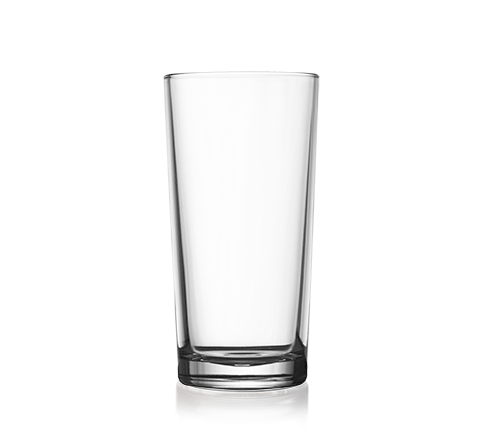
What is Hard Water?
Hard water is tough on your appliances, skin, hair and your daily routine. It’s defined by how much calcium and magnesium your water contains. The white residue they leave behind can build up in your pipes, shorten your appliances’ lifespan, add to your weekly cleaning ritual, increase your utility bills and repair costs, and act tough on your skin and hair.
Water Softening by Hague
Crafted by science. Made for every day. Water softeners from Hague are packed with resin beads, meaning your hard water flows through the resin and—in a process called ion exchange—trades places with sodium ions via the resin beads. So, you get soft water for your whole family, everywhere in your home. But that’s not the end of our journey.

Conventional vs. WaterMax
Conventional water treatment units have a design flaw that leads to water channeling or tunneling. The result is wasted media.
This outdated design also does not have the flexibility to be fully customized for your specific water solution. The result could be multiple units to treat your water.
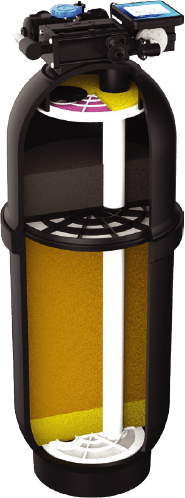
WaterMax is engineered with a baffle and distribution screens that distribute the water evenly through the tank to prevent water channeling.
Three separate compartments allow WaterMax to be customized for your specific water treatment solution.
Every unit has a built-in, self-cleaning filter. This value added feature saves you time, money, and labour on filter replacements. The result is the most efficient water treatment system on the market today.
- Up to 80% Less Time
- Up to 50% Less Regenerant
- Up to 80% Less Water
- Directional Flow Screens
- Up Flow Brining
- Packed Resin Bed
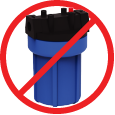
Channeling
Channeling or Tunneling Leads To Wasted Media
Blue= Water
= Regenerated Media
= Exhausted Media
Conventional
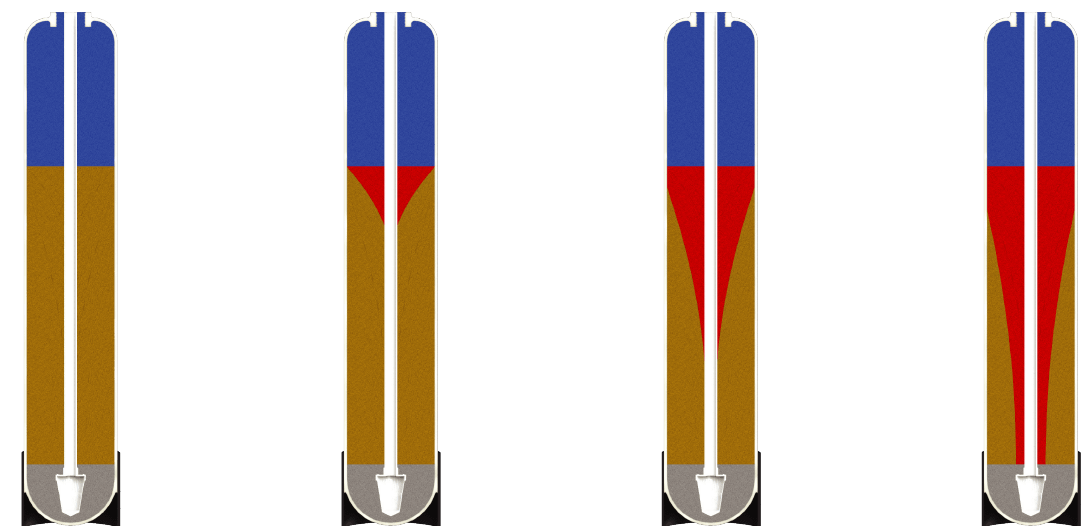
Directional Flow Screens
Directional Flow Screens Distribute Water Evenly Through Tank and Media
Blue= Water
= Regenerated Media
= Exhausted Media
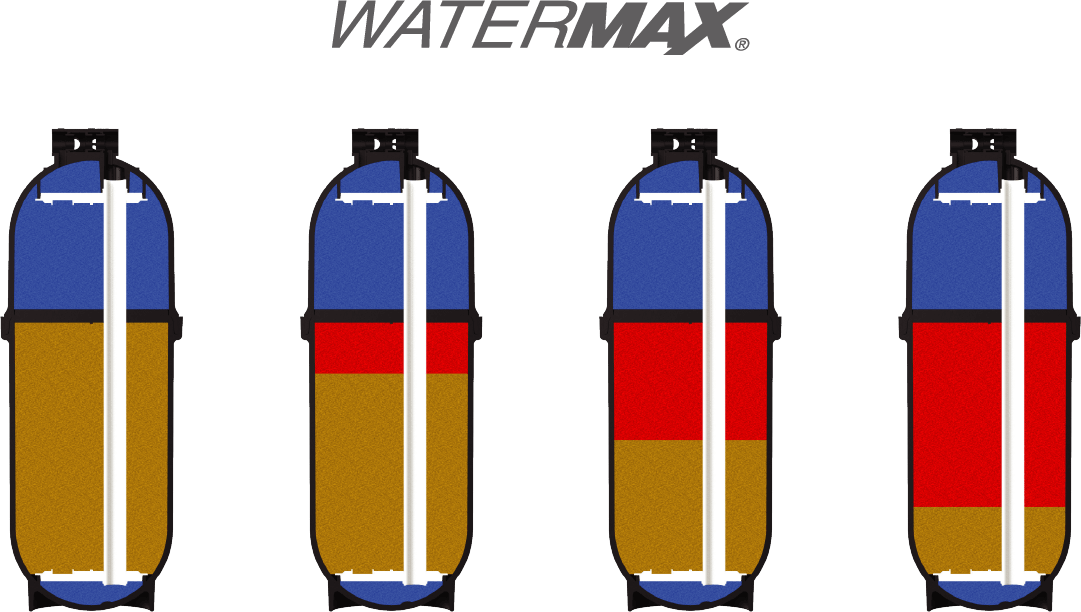
Fine Mesh Resin vs. Standard Resin
Fine mesh resin has an average bead size that is 23% smaller than standard mesh resin. With smaller beads, the ion exchange process happens more quickly. The result is less salt, less water, and less time is needed versus standard mesh for the same capacity.
Fine mesh resin works best with a packed bed. This means no wasted free board space. Our equipment can be smaller but at the same time more powerful.
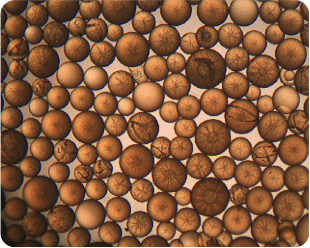
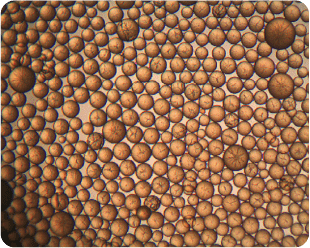


Bacteriastat
Bacteriastat is listed with United States Environmental Protection Agency (USEPA) #54369-OH-001 as a bacteriostatic media. It is located in the bottom of WaterMax to protect the media from bacteria growth.



Smaller Yet Stronger
When it comes to water softeners, bigger does not mean better. Another reason for how WaterMax works better than conventional softeners is the use a fine mesh resin. Our smaller beads provide more surface area to soften your water more efficiently. This resin is vacuum-packed to allow maximum capacity in a minimal space. Plus, our patented Directional Flow Screens help ensure that no resin bead goes unused. Our screens and built-in dirt and sediment filter also protect the resin bed, so no space is wasted.
